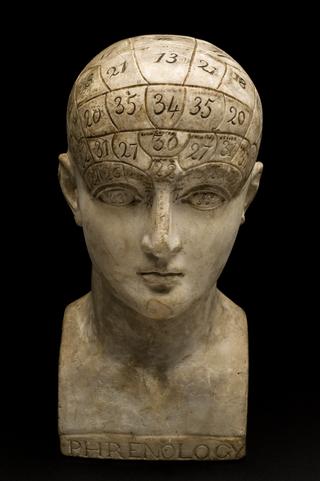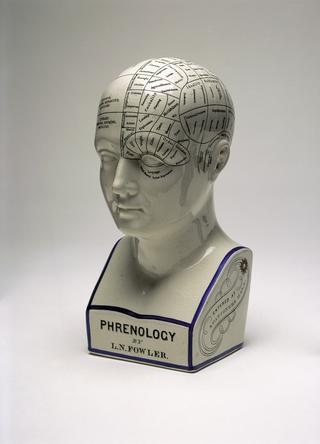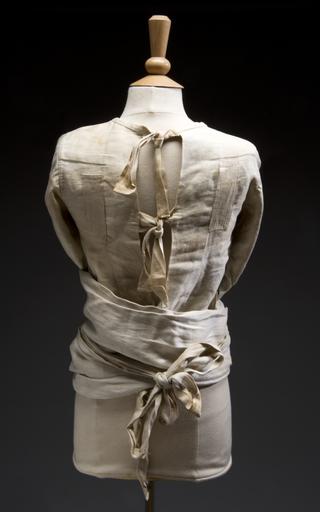Toy aeroplane used in Margaret Lowenfeld's 'World Technique'
Metal model of an aeroplane with engines, with one propeller missing, labelled as 'HK 541' on wings, unknown maker, used in Margaret Lowenfeld's 'World technique', 1920-1970
More
What do toys have to do with trauma? In the years before the Second World War, Margaret Lowenfeld, a child psychiatrist in London, was looking for ways to help children express fears, anger, and family problems that they couldn’t say in words. At her clinic, she began experimenting with the use of small toys in a sand-box and gradually developed an approach she called ‘the World Technique’. This involved a large rectangular tray, sand and water for building a landscape, pieces of plasticine, and an extensive ‘library’ of miniature figures kept in dozens of drawers. Lowenfeld simply asked children to create a world, and observed what happened.
Her idea had parallels to Sigmund Freud’s theories of hysteria – where repressing traumatic memories could lead to psychological and physical symptoms. But Lowenfeld never regarded herself as a psychoanalyst. She always said her chief influences were the children she worked with and the novelist H.G. Wells. She attributed the idea behind the World Technique to a small book, published in 1911, in which Wells described how he had encouraged his two sons to construct elaborate ‘floor games’ out of miniature figures, such as toy soldiers and building blocks.
Other therapists carried on Lowenfeld’s methods in various ways. In the 1950s and 1960s, one psychoanalyst adapted the World Technique in order to encourage children and adults to develop their ‘inner selves’ in a safe, non-judgmental space. This approach became very popular among American psychotherapists under the name ‘Sandplay’. Later, in the 1960s, psychologists in Sweden standardised the World Technique into the ‘Erica Method’, which uses a set of 360 toys in various categories. The Erica Method has recently been used to study post-traumatic stress disorder (PTSD) in Iranian refugee children in Sweden.





